
Agriculture
January 12, 2024
Glo Germ Gel
Read SolutionImplemented by
Glo Germ
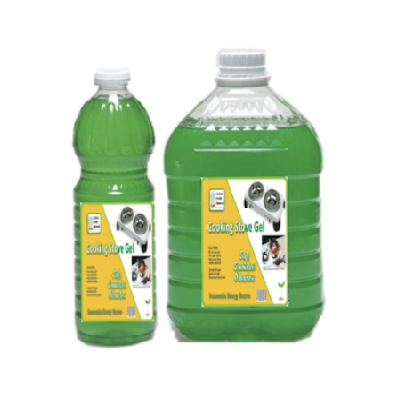
Updated on December 23, 2024
·Created on November 2, 2022
GE ethanol cooking gel is an alcohol fuel that comes from biomass feedstock.
GE Ethanol Cooking Gel uses a technology that makes it economically feasible to convert waste-based biomass into cellulosic ethanol using a combination of thermal, chemical and biochemical techniques. The yield of cellulose ethanol is more than 200 liters per tonne of fiber. This product is currently manufactured in 3 package sizes of gel fuel – 0.75 liters, 3 liters and 5 liters. The feedstock is primarily sawdust. The technology was developed and is registered with the Nigeria Patent Registry in the name of SMEFunds.
Target SDGs
SDG 7: Affordable and Clean Energy
SDG 2: Zero Hunger
Market Suggested Retail Price
$1.15
Target Users (Target Impact Group)
Household
Distributors / Implementing Organizations
This product is distributed by GreenEnergy Biofuels.
Regions
West Africa
Manufacturing/Building Method
Small local production plants located in Nigeria.
Intellectural Property Type
Patent
User Provision Model
15,000 green entrepreneurs (distribution agents)
Distributions to Date Status
1.6 million liters of bio-fuel sold in the last two years, as of 2021.
Material composition
Ethanol
Higher heating value (MJ/kg)
Unknown
Types of primary pollutants
Unknown
Design Specifications
GE Ethanol Cooking Gel uses a technology that makes it economically feasible to convert waste-based biomass into cellulosic ethanol using a combination of thermal, chemical and biochemical techniques. The yield of cellulose ethanol is more than 200 liters per tonne of fiber.
Technical Support
Provided by the manufacturer.
Replacement Components
Unknown
Lifecycle
Unknown
Manufacturer Specified Performance Parameters
Start over 18,000 green businesses with approximately 1,000 tonnes of carbon cut.
Vetted Performance Status
Unknown
Safety
These gels are specially engineered to burn evenly and safely with little air pollution, minimizing the risks in African homes.
Complementary Technical Systems
None
Academic Research and References
None
Compliance with regulations
Unknown
Evaluation methods
Unknown
Other Information
None

Agriculture
January 12, 2024
Implemented by
Glo Germ
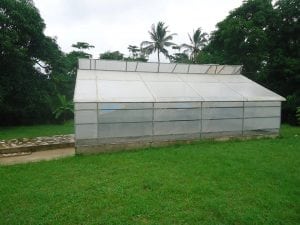
Agriculture
August 21, 2024
Implemented by
Claphijo Enterprises
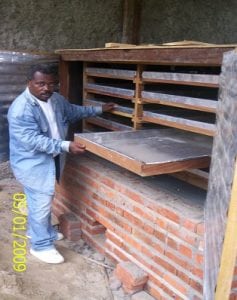
Agriculture
August 21, 2024
Implemented by
Louis Djilemo

Agriculture
January 31, 2024
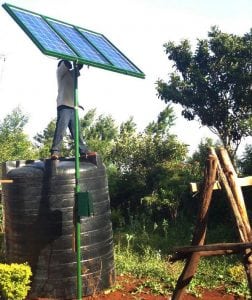
Agriculture
September 4, 2024
Implemented by
SunCulture
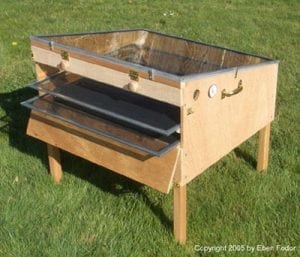
Agriculture
August 22, 2024
Implemented by
SunWorks

Agriculture
August 22, 2024
Implemented by
GoSol Solar

Agriculture
January 17, 2024
Implemented by
Omnivoltaic Energy Solutions

Agriculture
February 1, 2024
Implemented by
Lifeway Solar
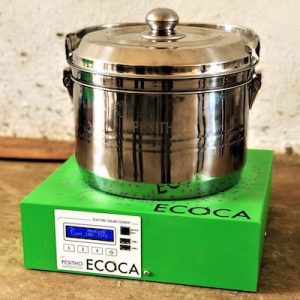
Agriculture
December 23, 2024
Implemented by
Pesitho
Have thoughts on how we can improve?
Give Us Feedback